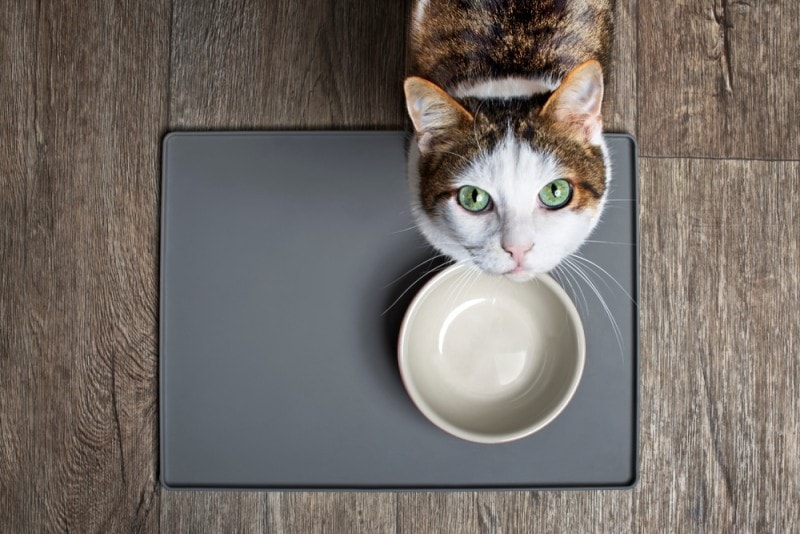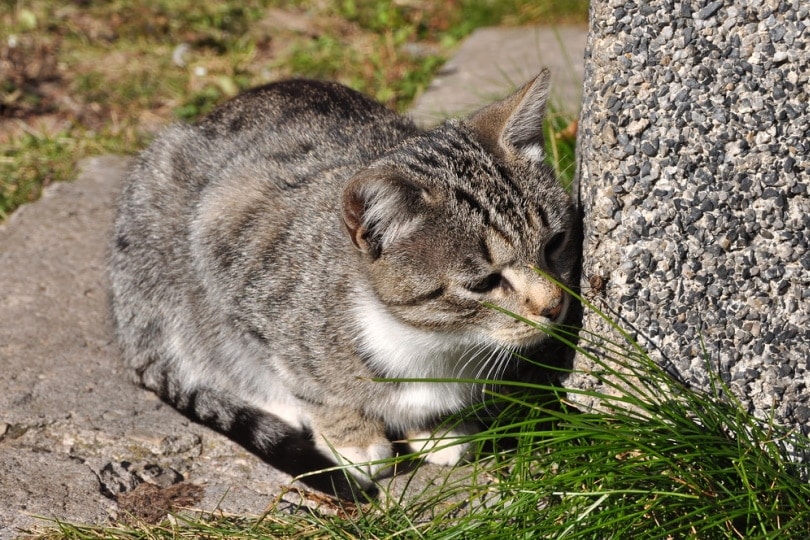My Dog Ate a Toothpick! Here’s What to Do (Vet Answer)

Updated on
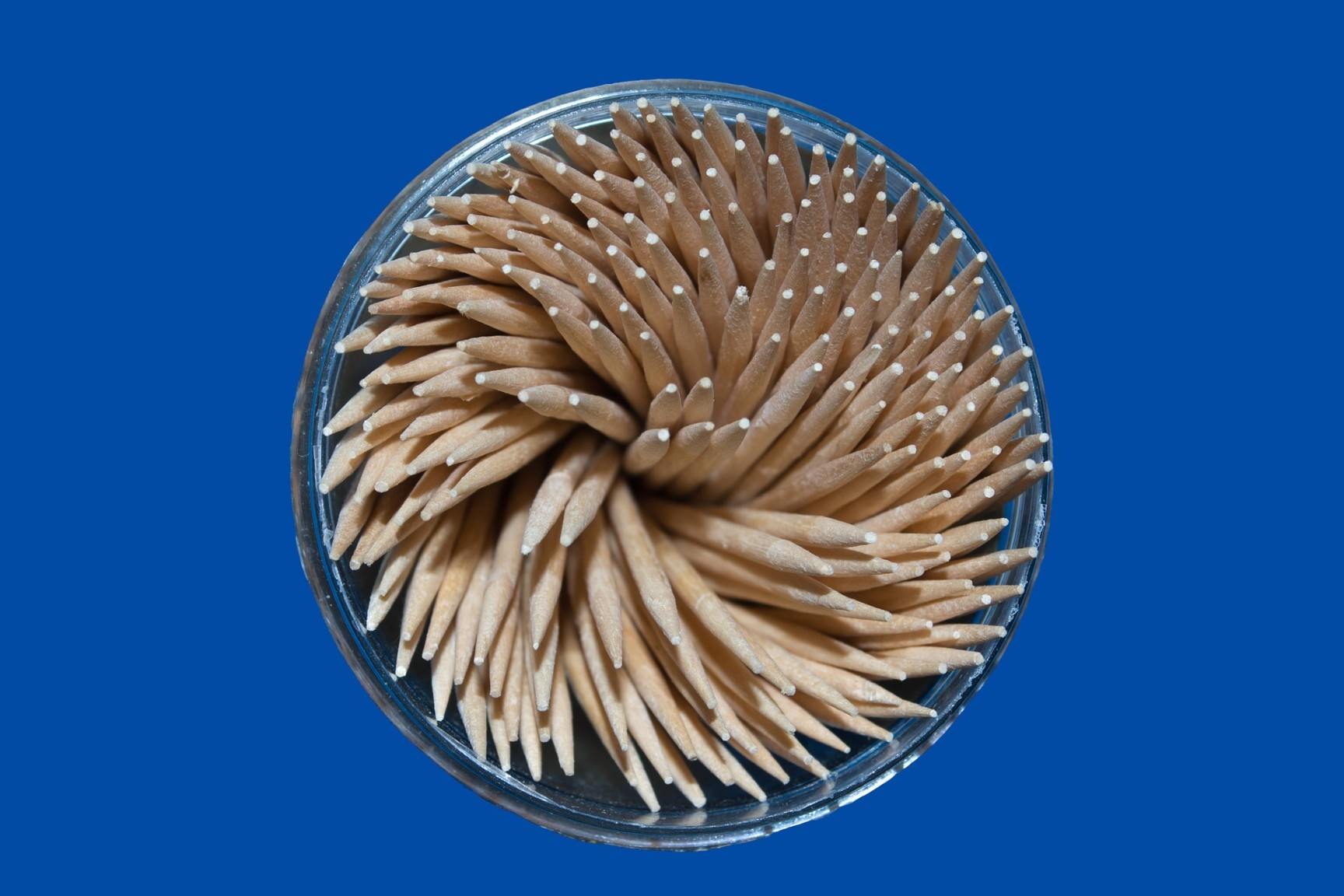
Unfortunately, it’s surprisingly common for dogs to eat toothpicks, especially because toothpicks are often used to skewer foods for the barbeque or for parties. Toothpicks—also known as cocktail sticks—are used to make bite-sized pieces of food easier to eat without getting greasy fingers, and are sometimes used to hold larger foods together—such as in a burger or decorative cake.
Most dogs that eat toothpicks have either been going through the bin or have snatched a couple of snacks from the nibbles table at a party. Whether plastic or wooden, though, eating toothpicks can be very dangerous for dogs, and something you should avoid if at all possible. Keep food well out of your dog’s reach and make sure that people put their cocktail sticks into the trash bin as soon as finished with them. Make sure your bin is dog-proof, too.
Having said that, accidents happen—so, if your dog has eaten a toothpick, here’s what to do next.
My Dog Swallowed a Toothpick What Do I Do?
1. Prevent Further Access
The first thing you should do is prevent your dog—and any other opportunistic pets—from eating any more toothpicks. This usually means removing them from the area and clearing up any spills.
3. Call your Vet
If your dog ate a toothpick, you should call your veterinarian for advice immediately. Toothpicks can be extremely dangerous to dogs and your veterinarian is the best person to advise. You’ll need to tell them how many you think your dog swallowed, what material the toothpicks are made from, and what size, age and breed your dog is. You’ll also need to let your veterinarian know if there was any food remaining on the toothpick and what sort of food it is. This will help them to make the best decision for your pet.
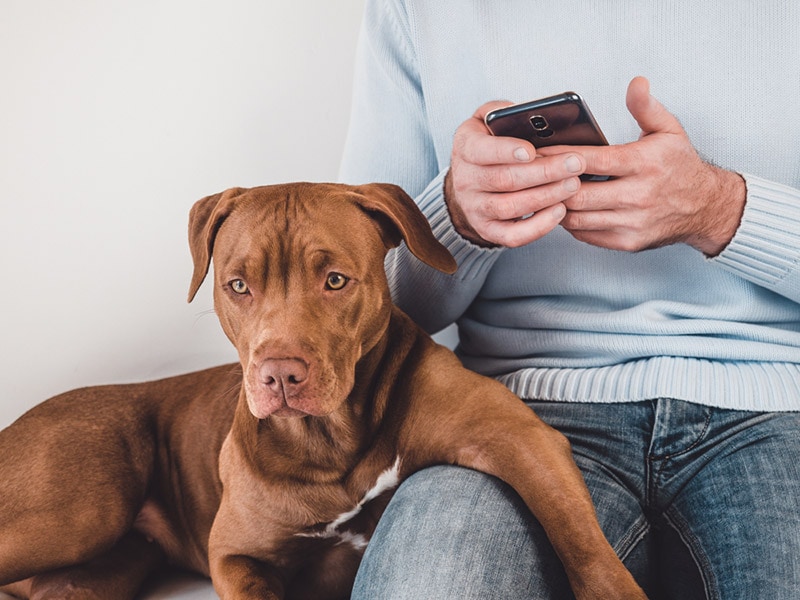
Do Not Treat at Home!
You should not treat your dog, give them any medications, or make them get sick by yourself—these things should only be done under veterinary guidance. Depending on your dog’s breed and size and the toothpick type, it’s likely that making them vomit the cocktail stick is not recommended—after all, it could do more damage on the way back up.
In addition, the contraction of the stomach over a sharp object like a toothpick can cause the toothpick to puncture the stomach wall. In other words, vomiting is not risk-free: if your veterinarian decides it’s worth the risk, they’ll instruct you on how to make them vomit as safely as possible.
Possible Treatments
If your dog ate a toothpick, your veterinarian will determine the best chances for your dog depending on the equipment and resources they have available, and your dog’s risk. Possible treatments include endoscopic removal, surgical removal, or a wait-and-watch approach.
Endoscopic Removal
Endoscopic removal is often the safest approach, as long as your pet is healthy enough to undergo an anaesthetic. It involves giving your pet a general anaesthetic, then using a camera called an endoscope that is pushed down the throat and into the stomach to locate the toothpick. Long, bendy tweezers are then inserted to grab the toothpick and remove it. This method works well when the toothpick is very likely to cause problems—for instance, if it’s very long or sharp. However, it can be expensive, and not all practices have access to an endoscope, so you may need referring to another clinic.
Surgical Removal
Surgical removal may be necessary in some cases. This involves a general anaesthetic, opening up your dog’s abdomen, opening up the stomach/gut, removing the toothpick, and then stitching everything back up again.
This method is sometimes used where access to an endoscope is not possible, or if the toothpick has moved too far down the gut for the endoscope to reach. It is not without risk as it’s a big surgery, but some veterinarians will recommend this as they can control the situation and are dealing with a healthy gut that hasn’t yet been damaged by the movement of the toothpick.
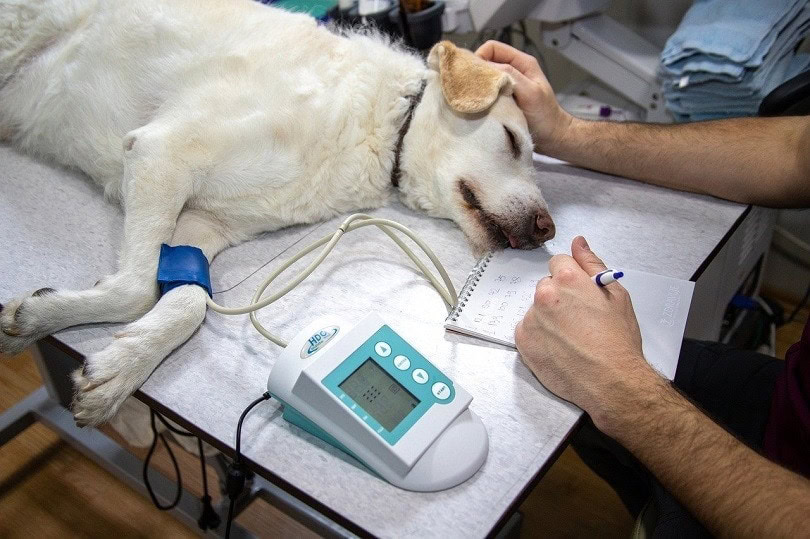
“Watch and Wait” Response
Some situations may be suitable for a “watch and wait” response. This is risky as the toothpick could pierce the gut at any point, leaking dangerous fluids into the abdomen, but it can pay off if the cocktail stick moves through safely, which it does more often than you would think! There are various suggested methods for ensuring that the toothpick doesn’t cause damage on the way through, from feeding bread to “cushion” the toothpick to feeding asparagus to “wrap” the toothpick.
No methods are proven, but if you and your veterinarian decide to watch and wait, it may be that you choose one of these methods to try to increase the chances that the toothpick passes without damage. It’s not a good idea to feed your dog any of these without checking with your vet as this could make a later anaesthetic much more dangerous.
Conclusion: My Dog Ate a Toothpick
Whatever you think will be the best option for you, it’s best to talk to your vet to get their advice before making a decision on what to do after your dog eats a toothpick. If you do find that they recommend seeing you be honest about your available funds, they’ll be able to adapt their plan to fit your budget. They’d much rather do plan B than be presented with an ill dog because you didn’t seek help from the start.
See Also:
Featured Image Credit: Pixabay




